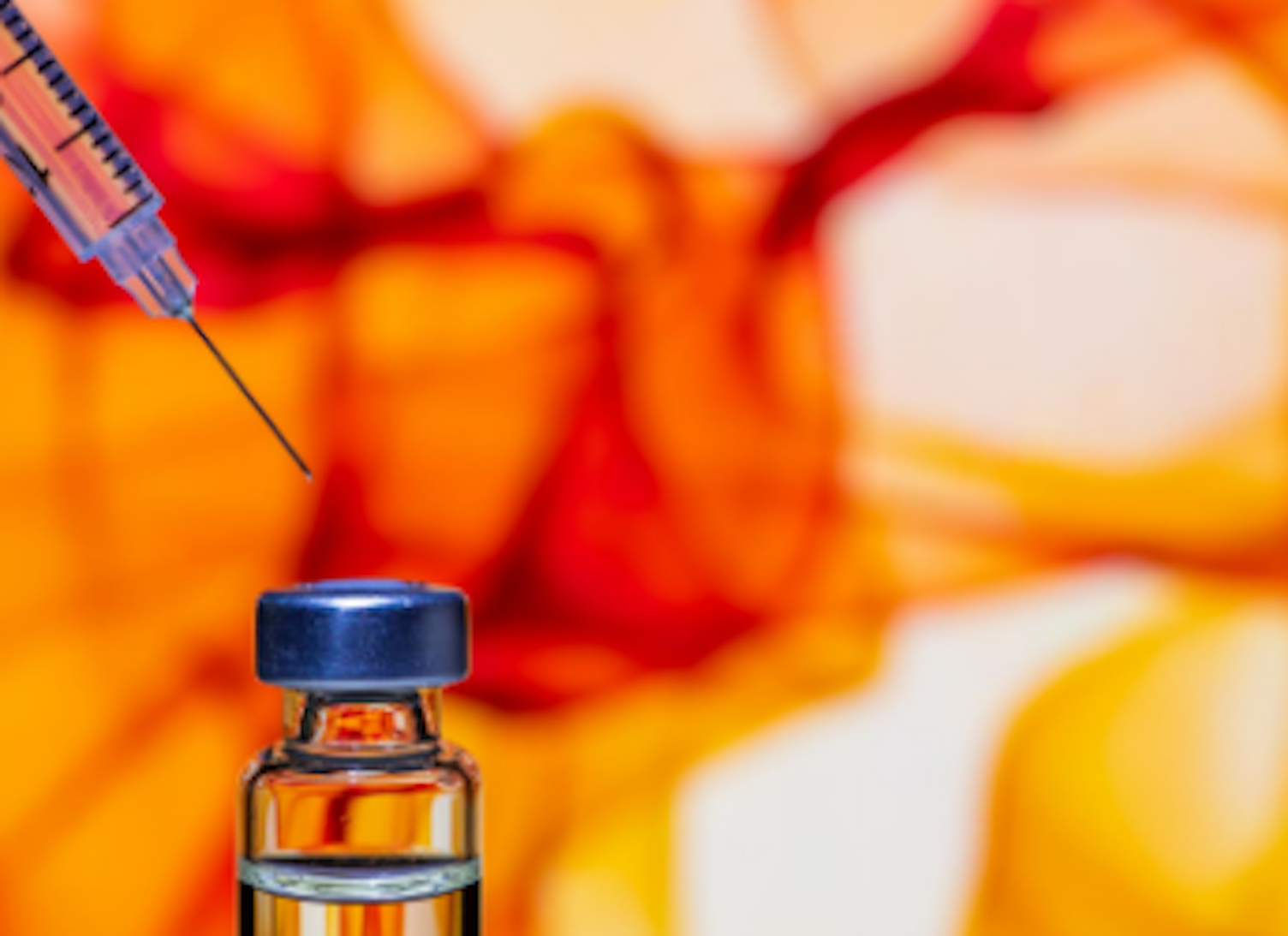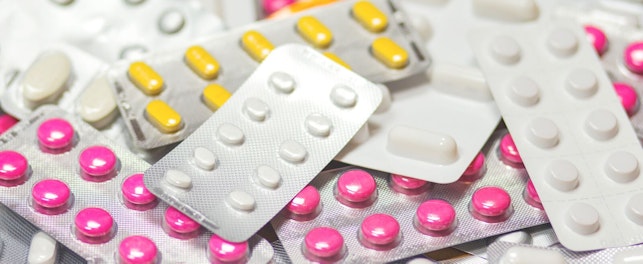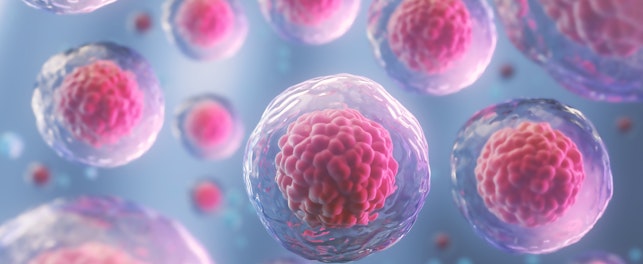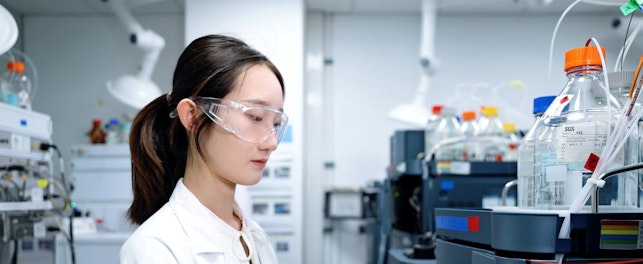
Following its emergence earlier this year, the novel coronavirus (SARS-CoV-2) has spread rapidly and snowballed into a pandemic. Everyone – citizens, businesses, and governments – yearns for life to go back to normal soon.
Pivotal to a fast-tracked return to normalcy is the development of a COVID-19 vaccine. Nearly all biopharmaceutical industry sectors are channelling resources into the discovery and development of a safe and effective COVID-19 vaccine.
To date, the fastest vaccine ever developed, for mumps, took four years. Public health experts estimate that, optimistically, it would take at the very least 12-18 months for a COVID-19 vaccine to arrive. However, the development of a vaccine in such record time is dependent on a myriad of factors, as well as scientists' abilities to overcome significant ethical, scientific and regulatory hurdles. This accelerated time frame biopharmaceutical companies are working with raises valid concerns about the short- and long-term safety of their vaccine candidates. Effective vaccine testing is unwaveringly essential to development, but these concerns make it even more so.
"A COVID-19 vaccine would provide a solution to safely and effectively unlock the world from this pandemic," Dr. Archie Lovatt, Scientific Operations Director (Biosafety), SGS.
Vaccine testing for viral contaminants is critical
Viruses can cause severe, chronic, and fatal illnesses in humans, and they replicate in all types of living organisms—making biological systems used to create biological therapeutics like vaccines vulnerable to contamination.
There have been many instances of virus transmission to humans through contaminated vaccines, with the most recent being the Porcine circovirus (PCV) case in 2010. The US FDA issued a press release reporting that PCV DNA was present in the rotavirus vaccine products of some major pharmaceutical companies. At least one vaccine maker confirmed that PCV DNA was found in the cell bank and virus seed the vaccine was made from, indicating that contamination had been present from the early vaccine development stages.
Thorough vaccine testing is necessary to prevent occurrences of this kind and avert the risk of injecting adventitious agents into the end recipients' bodies.
Testing at every development stage and in line with regulatory guidelines
Vaccine testing is conducted at every stage of the manufacturing process. Because aside from potentially causing deadly illness and infection, the absence of consistent, effective testing can also compromise the quality of the entire development process before the vaccine can even hit the market. A failure to demonstrate consistent product purity could forestall its approval in the first place.
More vaccine samples must be tested in line with the regulatory bodies' safety requirements in the regions it is intended for distribution in. The Food and Drug Administration (FDA), European Pharmacopeia, and International Conference on Harmonisation (ICH) all have guidelines regulating testing approaches for biologics.
For a COVID-19 vaccine, which could potentially be administered across multiple countries and continents, these regulatory authorities and their requirements are numerous. Fortunately, owing to the unprecedented circumstances, global regulators are jointly – under the banner of the International Coalition of Medicines Regulatory Authorities (ICMRA) – establishing harmonised requirements for streamlined COVID-19 vaccine development and approval.
The vaccine testing process
Vaccine testing is a complex multi-step process, commencing with identity testing, which ensures that the biologic is actually what it is meant to be.
Next comes purity testing, where the source materials and vaccine products are tested and screened for contaminants. Creating a viral testing strategy calls for an assessment of how likely, considering the starting materials and reagents used, contamination from endogenous and adventitious viruses will exist. The strategy must also consider the nature and intended use of the final vaccine product.
During the testing process, several approaches are employed. General assays that can detect a broad range of viruses, and species-specific assays to detect established potential viruses are both required.
Assays that detect virus markers (virus DNA, RNA, protein, or particles) are a particularly important component of a virus testing strategy. Which brings us to the technique that we at SGS use to evaluate the safety of biological therapies and ensure they are free from viral contamination.
The technology for viral detection: Nucleic acid amplification techniques (NAT)
Nucleic acid amplification techniques (NAT), also known as polymerase chain reaction (PCR), have been greatly utilised in safety evaluations of biologics over the last decade and a half. Real-time TaqMan® quantitative PCR (qPCR) is among the most cutting-edge NATs currently available, and SGS routinely applies it in a wide variety of services. It is, in fact, in use for the COVID-19 vaccine projects we are collaborating on.
Why?
Conventional infectivity-based detection methods may sometimes not catch contaminating viruses— constituting a weighty concern in vaccine safety testing. Due to their characteristic diversity, viruses are significantly more challenging to detect than other pathogens, and further still, some viruses cannot readily be grown in culture either. It also occasionally proves impossible to screen for specific viruses with 28-day in vitro assays or in vivo infectivity assays. This is especially so if the testing is being conducted on a viral vaccine seed or harvest that cannot be neutralised by antisera in cell culture, or is cytotoxic to infectivity-based virus detection techniques. qPCR's highly sensitive and specific nature makes it a rapid, efficient mechanism to eliminate viral contamination of cell substrates and bulk harvests. Circoviruses, for instance, one of the smallest of mammalian viruses, are known to be highly resistant in the environment and may contaminate raw materials, case in point, the rotavirus vaccine affair. qPCR assays are in full conformity with ICH guidelines and validated qPCR assays exist to detect circoviruses.
Detecting retroviruses
Retroviruses are RNA viruses that replicate using the reverse transcriptase (RT) enzyme – converting their single-stranded RNA into double-stranded DNA.
To detect potentially contaminating retroviruses, qPCR tests for retroviral reverse transcriptase activity. qPCR-based product enhanced reverse transcriptase (PERT) assays are reported to be as much as 106-times more sensitive than conventional reverse transcriptase assays for detecting retroviruses.
Asides from NATs, other methods sometimes applied to virus and retrovirus detection during vaccine testing are electron microscopy, next-generation sequencing (NGS) and high-throughput sequencing (HTS).
A joint effort is requisite to ending the coronavirus pandemic
SGS is actively contributing to the fight against coronavirus. We are collaborating with major stakeholders and are involved in the development of a number of COVID-19 vaccine candidates – both publicly and confidentially. Our team of virology and molecular biology experts will be conducting microbiological biosafety and identity release testing at each critical stage of the vaccine candidate's production.
The SGS Biosafety Centre of Excellence
Research and vaccine testing for both projects will take place in our newly-expanded Biosafety Centre of Excellence in Glasgow. The centre’s expansion, which took place in 2019, has increased the capacity of all existing biosafety services. It has also enhanced our real-time polymerase chain reaction (PCR) platforms, to support viral safety and genetic stability assessment of cell banks for vaccines.
The COVID-19 vaccine projects will benefit from a fully comprehensive range of validated biosafety methods to support cell bank and viral vaccine manufacturing and lot release of drug products. Equally important, they will be able to take advantage of advanced viral detection systems and technologies.
The bottomline
Vaccine testing is integral to speeding up the development of COVID-19 vaccine candidates and ensuring their safety. The nucleic acid amplification techniques we utilise at SGS remain one of the most advanced and effective for detecting adventitious viruses in cell substrate banks, viral seed banks, raw materials of animal origin, bulk harvests, and final clinical products. Harnessing this technology, our state-of-the-art facilities, and teams of experts, we are committed to bringing a COVID-19 vaccine closer to reality.
Beyond the pandemic, our mission at SGS is to improve patients' health by safeguarding the quality and efficacy of medicines by delivering world-class analytical testing solutions to the life sciences sector.
For further information, please contact:
Dr. Archie Lovatt
Scientific Operations Director (Biosafety)
SGS
t:+44 (0) 141 952 0022
About SGS
SGS is the world’s leading inspection, verification, testing and certification company. We are recognised as the global benchmark for quality and integrity. With more than 89,000 employees, we operate a network of more than 2,600 offices and laboratories around the world.
Helpline Number
SGS House 4B, Adi Shankaracharya Marg, Vikhroli (West),
Mumbai, Maharashtra, 400 083,
India



